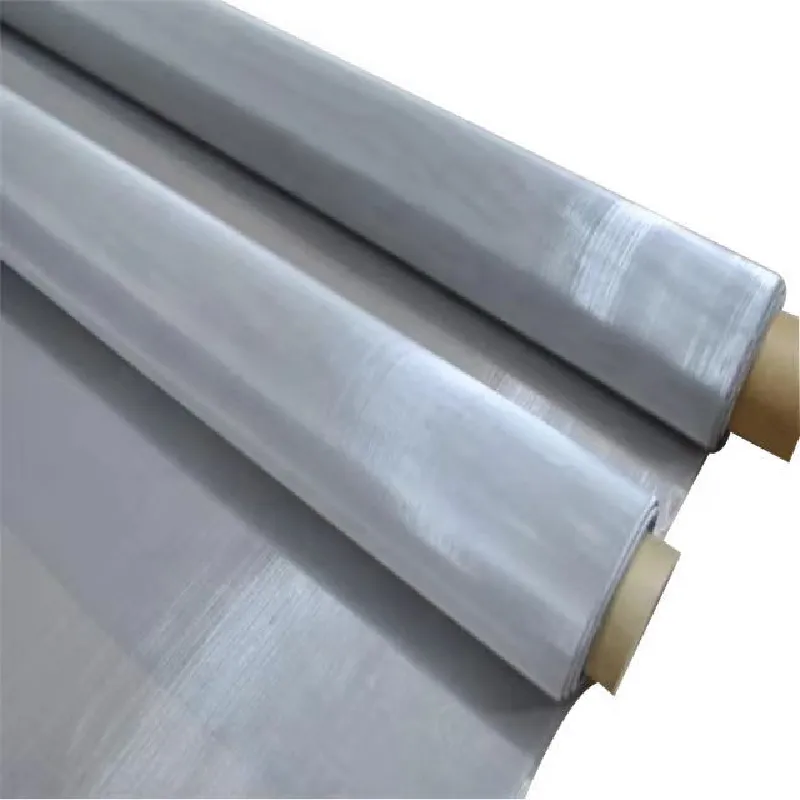-
 Afrikaans
Afrikaans -
 Albanian
Albanian -
 Amharic
Amharic -
 Arabic
Arabic -
 Armenian
Armenian -
 Azerbaijani
Azerbaijani -
 Basque
Basque -
 Belarusian
Belarusian -
 Bengali
Bengali -
 Bosnian
Bosnian -
 Bulgarian
Bulgarian -
 Catalan
Catalan -
 Cebuano
Cebuano -
 China
China -
 Corsican
Corsican -
 Croatian
Croatian -
 Czech
Czech -
 Danish
Danish -
 Dutch
Dutch -
 English
English -
 Esperanto
Esperanto -
 Estonian
Estonian -
 Finnish
Finnish -
 French
French -
 Frisian
Frisian -
 Galician
Galician -
 Georgian
Georgian -
 German
German -
 Greek
Greek -
 Gujarati
Gujarati -
 Haitian Creole
Haitian Creole -
 hausa
hausa -
 hawaiian
hawaiian -
 Hebrew
Hebrew -
 Hindi
Hindi -
 Miao
Miao -
 Hungarian
Hungarian -
 Icelandic
Icelandic -
 igbo
igbo -
 Indonesian
Indonesian -
 irish
irish -
 Italian
Italian -
 Japanese
Japanese -
 Javanese
Javanese -
 Kannada
Kannada -
 kazakh
kazakh -
 Khmer
Khmer -
 Rwandese
Rwandese -
 Korean
Korean -
 Kurdish
Kurdish -
 Kyrgyz
Kyrgyz -
 Lao
Lao -
 Latin
Latin -
 Latvian
Latvian -
 Lithuanian
Lithuanian -
 Luxembourgish
Luxembourgish -
 Macedonian
Macedonian -
 Malgashi
Malgashi -
 Malay
Malay -
 Malayalam
Malayalam -
 Maltese
Maltese -
 Maori
Maori -
 Marathi
Marathi -
 Mongolian
Mongolian -
 Myanmar
Myanmar -
 Nepali
Nepali -
 Norwegian
Norwegian -
 Norwegian
Norwegian -
 Occitan
Occitan -
 Pashto
Pashto -
 Persian
Persian -
 Polish
Polish -
 Portuguese
Portuguese -
 Punjabi
Punjabi -
 Romanian
Romanian -
 Russian
Russian -
 Samoan
Samoan -
 Scottish Gaelic
Scottish Gaelic -
 Serbian
Serbian -
 Sesotho
Sesotho -
 Shona
Shona -
 Sindhi
Sindhi -
 Sinhala
Sinhala -
 Slovak
Slovak -
 Slovenian
Slovenian -
 Somali
Somali -
 Spanish
Spanish -
 Sundanese
Sundanese -
 Swahili
Swahili -
 Swedish
Swedish -
 Tagalog
Tagalog -
 Tajik
Tajik -
 Tamil
Tamil -
 Tatar
Tatar -
 Telugu
Telugu -
 Thai
Thai -
 Turkish
Turkish -
 Turkmen
Turkmen -
 Ukrainian
Ukrainian -
 Urdu
Urdu -
 Uighur
Uighur -
 Uzbek
Uzbek -
 Vietnamese
Vietnamese -
 Welsh
Welsh -
 Bantu
Bantu -
 Yiddish
Yiddish -
 Yoruba
Yoruba -
 Zulu
Zulu
concrete steel wire mesh
The Importance and Applications of Concrete Steel Wire Mesh in Construction
Concrete is a staple in the construction industry, known for its strength, durability, and versatility. However, to enhance its performance and prevent cracking, the integration of steel wire mesh has become an essential practice. This combination not only increases the structural integrity of concrete but also widens its applications in various construction projects.
What is Concrete Steel Wire Mesh?
Concrete steel wire mesh is a grid-like structure made from interconnected steel wires. It is designed to be embedded within concrete during the pouring process. The mesh typically comes in sheets or rolls and is available in various sizes and wire gauges, depending on the specific requirements of the project. The primary function of steel wire mesh is to provide tensile strength, which concrete lacks. While concrete is incredibly strong under compression, it is much weaker when pulled or bent. The wire mesh compensates for this deficiency by distributing loads evenly throughout the structure, thus preventing cracks and ensuring longevity.
Benefits of Using Steel Wire Mesh in Concrete
1. Crack Control One of the main advantages of using steel wire mesh is its ability to control cracking. Concrete can shrink and expand due to temperature changes and drying, leading to cracks. The wire mesh mitigates this risk by providing reinforcement that holds the concrete together and redistributes stresses.
2. Increased Load-Bearing Capacity The incorporation of steel wire mesh boosts the load-bearing capacity of concrete elements. This is particularly important in structural applications where safety and reliability are paramount. The reinforcement allows for thinner slabs or less dense concrete, effectively saving materials without compromising strength.
3. Versatility in Application Steel wire mesh is used in various construction projects, including floors, walls, pavements, and bridges. It is particularly beneficial in pavements, where constant traffic can lead to surface degradation. By reinforcing these surfaces, the longevity of roads and walkways is drastically improved.
concrete steel wire mesh

4. Cost-Effectiveness While an upfront investment in steel wire mesh may seem significant, it ultimately leads to lower maintenance and repair costs. Structures that incorporate quality reinforcement are less likely to suffer from extensive cracking or structural failures, resulting in reduced long-term expenses.
Applications in the Construction Industry
Concrete steel wire mesh is widely used across different sectors of the construction industry. Here are some primary applications
- Residential Construction Steel wire mesh can be utilized in foundations, driveways, and patios to ensure stability and durability. Homeowners benefit from reduced maintenance needs over time, as these structures are less prone to cracking.
- Commercial Buildings In larger structures like office buildings and shopping malls, using steel wire mesh in floors and walls allows for significant spans without the need for excessive support columns, maximizing usable space and aesthetic appeal.
- Infrastructure Projects For projects such as bridges and overpasses, steel wire mesh provides crucial support, enhancing the safety and reliability of these critical structures. They can endure heavy loads and withstand harsh environmental conditions.
Conclusion
In summary, the integration of concrete steel wire mesh in construction is a game-changer for enhancing the performance of concrete structures. With its ability to control cracking, increase load capacity, and reduce long-term maintenance costs, it is invaluable across various applications, from residential projects to large infrastructure developments. As the construction industry continues to evolve, incorporating innovative materials such as steel wire mesh will be crucial in creating resilient and sustainable structures that meet modern demands. Investing in quality reinforcement not only ensures safety and durability but also promotes efficient use of resources, paving the way for a more robust construction future.
-
Shipping Plastic Bags for Every NeedNewsJul.24,2025
-
Safety Netting: Your Shield in ConstructionNewsJul.24,2025
-
Plastic Mesh Netting for Everyday UseNewsJul.24,2025
-
Nylon Netting for Every UseNewsJul.24,2025
-
Mesh Breeder Box for Fish TanksNewsJul.24,2025
-
Expanded Steel Mesh Offers Durable VersatilityNewsJul.24,2025











